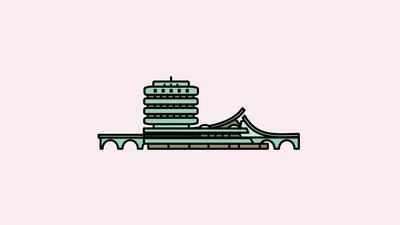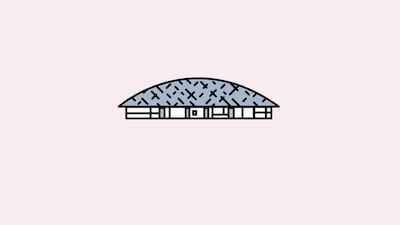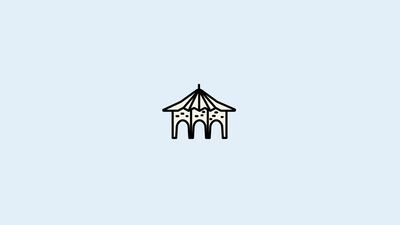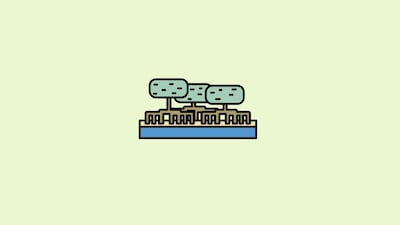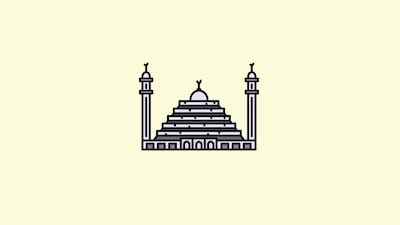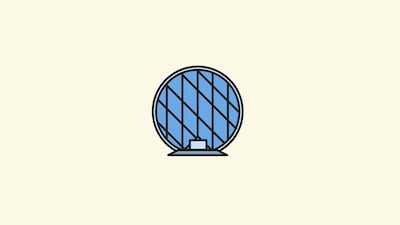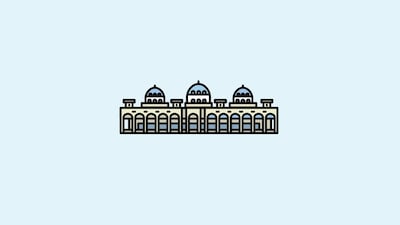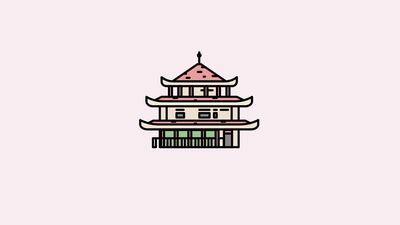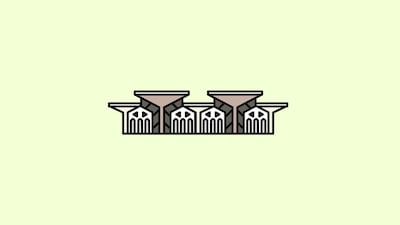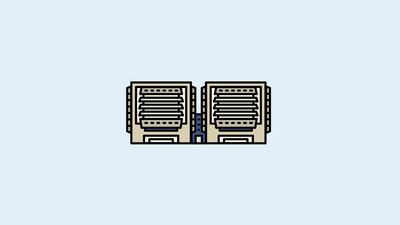Sultan Al Ramahi lived in Abu Dhabi until the age of seven. He remembers this period during the early 1990s with real fondness, hanging out with friends and family at the famous Volcano Fountain, demolished in 2004 as part of the redevelopment of the Corniche. "The city was tiny back then," he says. "Everyone knew each other. Life was comfortable and simple – to me, that was Abu Dhabi."
Al Ramahi, 29, spent the next decade or so living with his family in Singapore and Dubai, before he moved to the United States in 2008 to study architecture and fine art at Washington State University. When he returned to Abu Dhabi in 2013, to work for the Urban Planning Council, he barely recognised the place where he grew up.
“I had to readjust my memory of Abu Dhabi,” says Al Ramahi. “I had barely lived here in 13 years and there were all these crazy changes. I needed to rediscover it, to see those buildings I’ve always had an attachment to.”
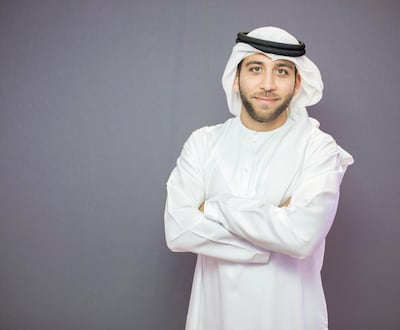
Al Ramahi's curiosity eventually collided with a project at work. He was asked by UPC to create digital images of buildings, such as the Abu Dhabi Investment Authority (Adia) tower, to help trace the architectural identity of the city. Using Adobe Illustrator, Al Ramahi reduced vast structures to a series of lines and curves, emphasising character over detail. "I didn't want to present a picture, but a diagram," he says, "something really quick, as simple as possible."
The task successfully completed, Al Ramahi promptly forgot all about it. Seven months later, however, he stumbled across the images again and decided to post one anonymously on Instagram.
The response was immediate and effusive, prompting Al Ramahi to launch Vectors and Stuff, an Instagram account celebrating, in its own strikingly modest way, the buildings, past and present, that define Abu Dhabi. (A vector is a digitally created 2D image, made up of points, lines and geometric shapes, which remains in proportion regardless of its size.)
Here was an opportunity for Al Ramahi to both indulge his love for design and to reconnect with his childhood home. “It was just a hobby,” he says. “The original plan was to make the project anonymous and to post stickers of the images all over the city on the actual buildings. But people found out and started messaging me, ‘Is this you? I know it’s you’.”
The project has quickly gathered pace. Al Ramahi first posted an image on Vectors and Stuff in May last year. There are now 80 vectors, ranging from recognisable landmarks, including the circular Aldar Headquarters building, the World Trade Centre and Louvre Abu Dhabi, to little-known tower blocks. “I try to use no more than three colours and the same line weight for all of them,” says Al Ramahi. “I just want to make them memorable, where you know immediately what you’re looking at.”
Each vector takes between half an hour and two hours to complete and is accompanied by some words from Al Ramahi – memories of the structure, perhaps, or questions about its place in Abu Dhabi’s history. Of his beloved Volcano Fountain, Al Ramahi writes: “Not architectural, No real function. No connection to the culture, climate or context. However, the landmark remains a nostalgic beauty in this city’s collective memory.”
One of his favourite images, for example, depicts the Pineapple Slide in Old Airport Park. "A structure that can be considered part of the shared collective memory of this city and part of many childhood memories of Abu Dhabi," he writes. "What do we do to a structure like this? Do we document it, save it, or do we get over our nostalgia and throw away the pineapple?" Alongside the image of Gate Towers on Reem Island, meanwhile, Al Ramahi asks: "Who did it first or better? Abu Dhabi or Singapore?"
But the structures that really excite Al Ramahi are the ones with a history that is largely unknown, such as a tower block – "A beautiful creme coloured tower with rows of geometric windows surrounded by raised borders" – on Hamdan Street. "I want to bring awareness to the buildings here that people don't notice," he says. "I'm pushing for more of the smaller buildings."
Al Ramahi is proud to be telling this history. “People are very receptive to it,” he says. “You realise that there is not much information about architecture, especially anything built 20 or 30 years ago, unless it’s a landmark. Some of the things I want to post have no name, no information whatsoever about them.”
In his quest to discover the most interesting architecture in Abu Dhabi, Al Ramahi has unearthed some fascinating stories. Earlier this month, he posted an image of what he describes as the “Asian House” in Al Bateen. “Still one of my top five favourite houses in the city,” Al Ramahi wrote on Instagram. “Any info, please contact us.”
Amazingly, within 10 minutes, the owners of the villa had been in touch with more information about how this delicate, three-tiered home was built. It transpires that the house, which was completed in 1983, was designed after Abdullah Al Fahim, part of one of the oldest and largest family business conglomerates in the region, returned from an official visit to Japan, where he had received a gift based on the Golden Temple in Kyoto.
“The late Sheikh Zayed happened to drive by when the villa was almost completed, and, well, let’s just say homeowners were encouraged to stick to more traditional designs after that,” writes Al Ramahi. “Tourists would stop by and take pictures, and be surprised when the owners would come out in kanduras and jump in the photo.”
And the good news for the increasing number of Vectors and Stuff fans is that Al Ramahi has no plans to stop mapping Abu Dhabi. “Honestly, every time I go down Hamdan Street or to the Tourist Club area, there’s just a crazy amount of buildings I want to do,” he says. “Coming from a planning and architecture background, you have an appreciation for buildings that some people find ugly. They don’t understand the significance of these buildings to the city.”
To see more of Sultan Al Ramahi's work, visit his Instagram account @vectorsandstuff
